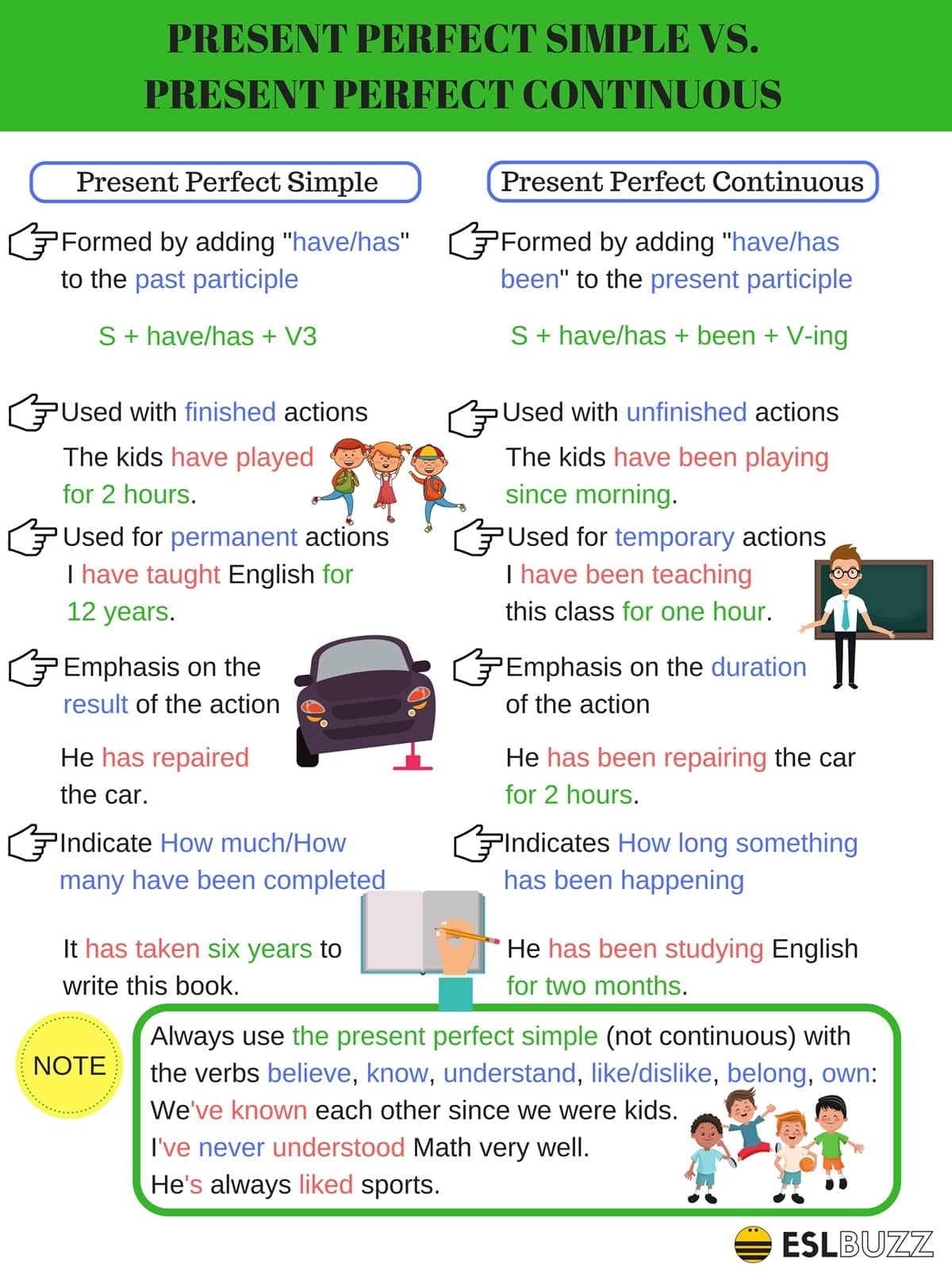When learning English grammar, one of the common areas of confusion is the difference between present perfect simple and present perfect continuous tenses. Both tenses refer to actions that have taken place at some point in the past, but there are key differences between the two that can affect how they are used in sentences.
Understanding the nuances of these two tenses can help you communicate more effectively in English and avoid common errors. Let’s take a closer look at the differences between present perfect simple and continuous tenses.
Present Perfect Simple vs Continuous
The present perfect simple tense is used to express an action that was completed at some point in the past and has relevance to the present moment. It is often used to talk about experiences, achievements, or actions that have occurred at an unspecified time in the past. For example, “I have visited Paris.” This sentence indicates that the action of visiting Paris was completed at some point in the past.
On the other hand, the present perfect continuous tense is used to express an action that started in the past and is still ongoing or has just been completed. It is often used to emphasize the duration or repetition of an action. For example, “I have been studying English for two hours.” This sentence indicates that the action of studying English started in the past and is still ongoing.
One key difference between the two tenses is the emphasis on the duration of the action. The present perfect simple tense focuses on the completion of the action, while the present perfect continuous tense focuses on the ongoing nature of the action. Both tenses can be used to talk about past actions that have relevance to the present moment, but they convey slightly different meanings.
It is important to pay attention to the context of the sentence when choosing between present perfect simple and continuous tenses. Consider whether the focus is on the completion of the action or the duration of the action to determine which tense is most appropriate. Practice using both tenses in sentences to become more comfortable with their differences and nuances.
In conclusion, understanding the differences between present perfect simple and continuous tenses can help you communicate more effectively in English. By paying attention to the nuances of each tense and practicing their use in sentences, you can improve your grammar skills and convey your ideas more clearly. So next time you are unsure whether to use present perfect simple or continuous, remember to consider the focus of the sentence and choose the appropriate tense accordingly.
